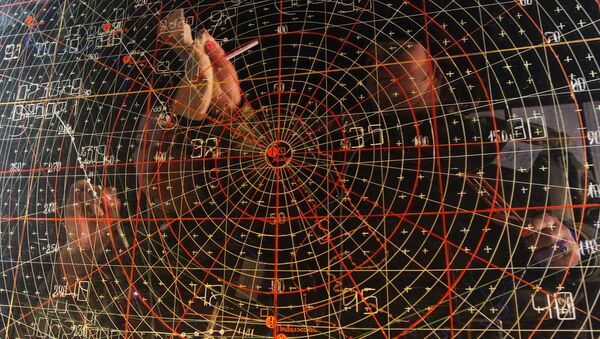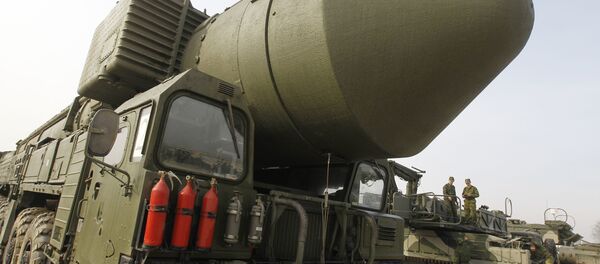“In the development of the space echelon, everything necessary has been accepted and the technical solutions have been tested, and we expect that the low-Earth orbit space echelon early warning ballistic missile system in its improved form will by 2020, or even earlier, provide the necessary characteristics of a constant warning of ballistic missile launches,” Pavel Sozinov said during a conference.
The possibilities to detect moving targets have significantly improved in recent years, Sozinov stated, speaking of the creation of an identification system over the territory of Russia at medium and high altitudes. When it comes to detecting enemy targets at low and very low altitudes, "the possibilities at this perimeter are, of course, very limited," the chief engineer said.
Sozinov also noted that the Russian defense industry has made significant progress in the creation of fuel for interceptor missiles and thermal barrier coatings that can withstand heat up to 3,500 degrees Celsius.
The creation of a unified space-based ballistic missile warning system in Russia was announced by Russian Defense Minister Sergei Shoigu in October. The system is set to replace Soviet-made ballistic missile early warning systems and will comprise next-generation space vehicles and modernized space centers that would ensure control over satellites and allow automatic information processing.


